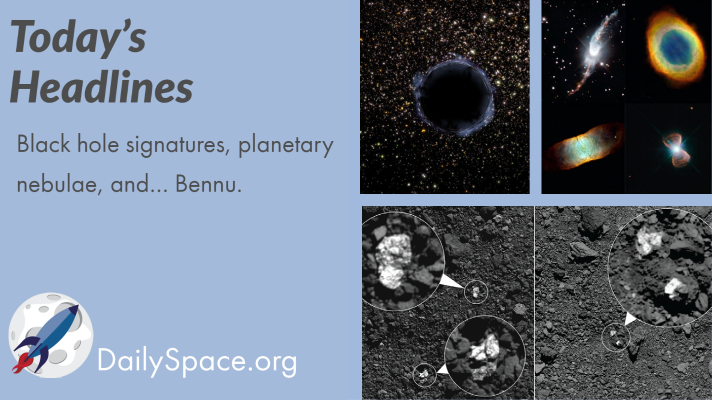
Sep 23, 2020 | Asteroids, Black Holes (Stellar), Daily Space, JAXA, OSIRIS-REx, Planetary Nebulae
Astrophysicists have finally figured out how to tell neutron stars apart from black holes by finding the signature of the event horizon. Another team discovered that planetary nebulae likely get their unique shapes due to binary systems. And we present some updates on the origin of rocks (and rocks and rocks and pebbles) on Bennu. Same with Ryugu, but we don’t hate Ryugu.
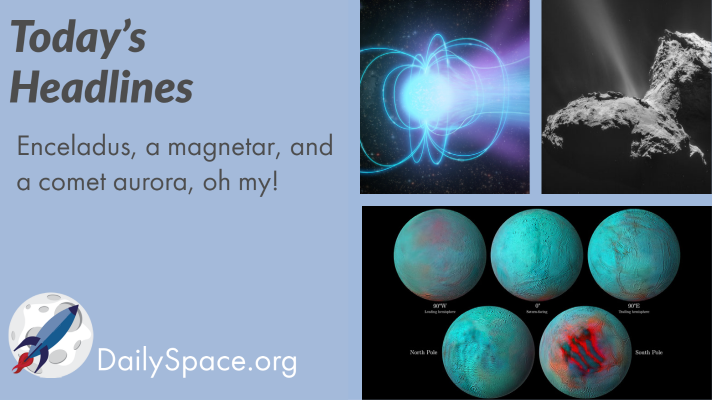
Sep 21, 2020 | Cassini, Comets, Daily Space, ESA, Neutron Stars / Pulsars, Saturn
Cassini data is still providing good science, and researchers recently found out that the northern hemisphere of Enceladus has fresh ice! Plus scientists directly measured the distance to a magnetar, and comet 67P/Churyumov-Gerasimenko has an aurora.
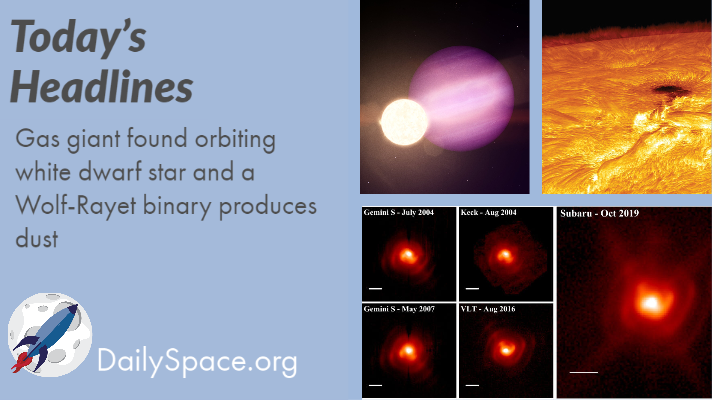
Sep 17, 2020 | Daily Space, Exoplanets, Gemini North, Guest Interview, Stars, The Sun, White Dwarfs
Join us today as we take a look at today’s top story – a planet has been found still in orbit around its white dwarf star even after a supernova. Then we discuss how a Wolf-Rayet binary system is a dust factory. Finally, new works show neutron stars are NOT producing all those heavy elements, the solar minimum is over, Plus special guest, Sara Seager from MIT.
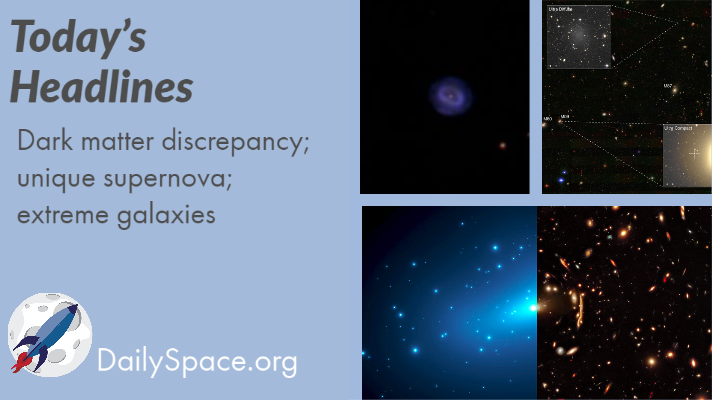
Sep 15, 2020 | Cosmology, Daily Space, Dark Matter, Galaxies, Guest Interview, Supernovae
Join us today as we look at how the Hubble Telescope may have solved the dark matter discrepancy. A research team has found a unique Type 1a supernova in the super-Chandrasekhar group of novae. Plus, all those extreme galaxies (large and small) seem to be in dense regions with a lot of interactions. Afterward, were joined by astrobiologist Dr. David Grinspoon to talk about his research into potential life on Venus.
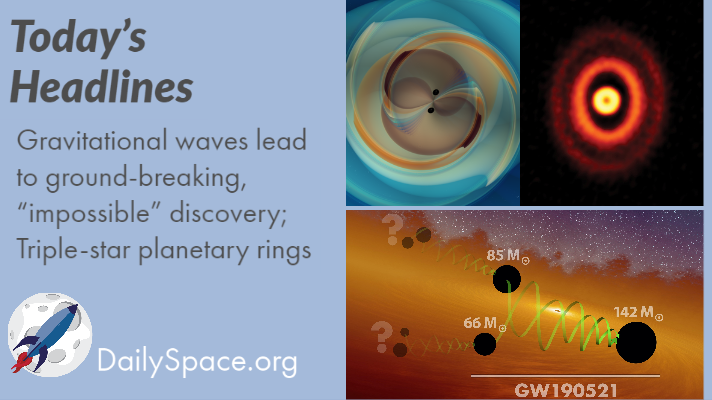
Sep 8, 2020 | Black Holes (Stellar), Cosmology, Daily Space, Exoplanets, Supermassive Black Holes
Join us today as we examine major news coming out last week from institutions analyzing data from the LIGO and Virgo gravitational wave detectors: the largest and farthest collision detected yet has led to the discovery of an “impossible” black hole. Plus a triple-star system has planetary rings and the camera that will be at the heart of the Vera Rubin Observatory takes its first images… of broccoli.
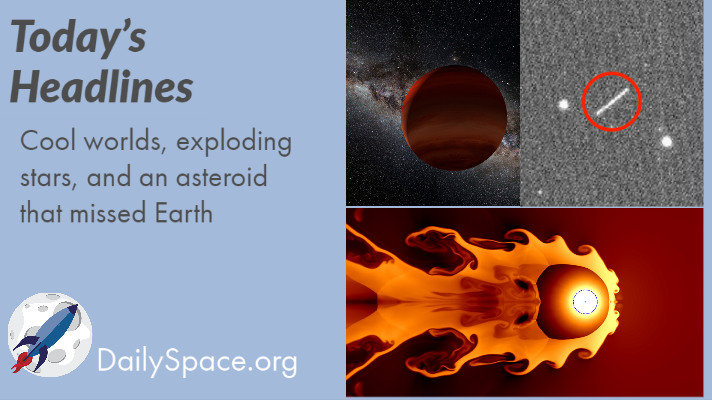
Aug 20, 2020 | Asteroids, Citizen Science, Daily Space, Earth, JAXA, Supernovae
Join us today as we look at how citizen science helped discover 100 cool worlds nearby. Then we examine evidence that exploding stars may have contributed to a mass extinction on Earth. Speaking of mass extinctions, an asteroid narrowly missed our planet last weekend. Because 2020.








 We record most shows live, on Twitch. Follow us today to get alerts when we go live.
We record most shows live, on Twitch. Follow us today to get alerts when we go live.